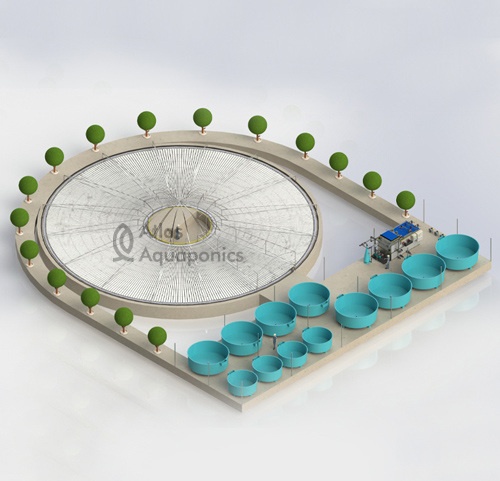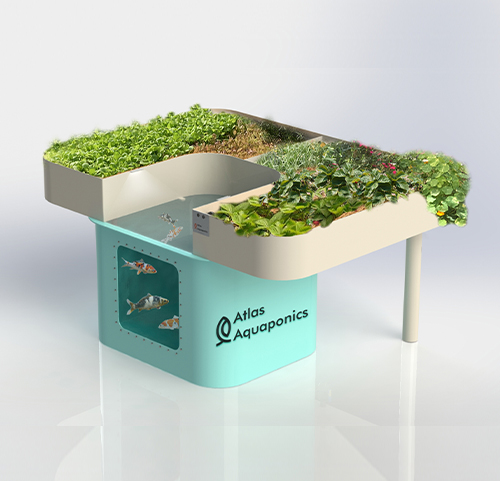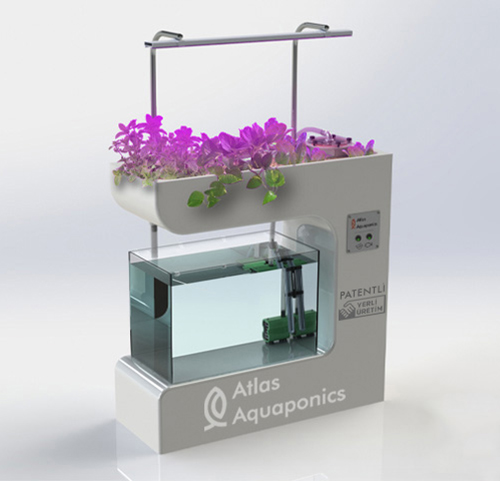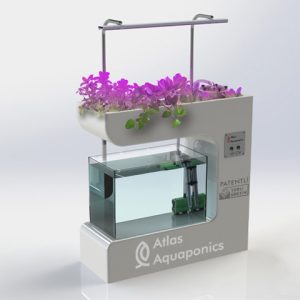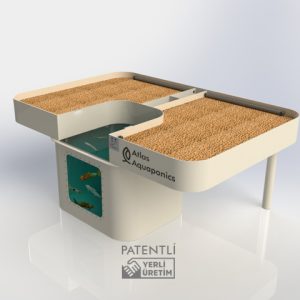Previous
Next
What is Aquaponics?
Aquaponics is an agricultural system that provides healthy living and better nutrition. In this system, fish farming and hydroponic plant farming are combined. In aquaponics, the nutrient-rich water from raising fish provides a natural fertilizer for plants, while plants help purify water for fish. Thanks to this cycle, organic products are obtained.
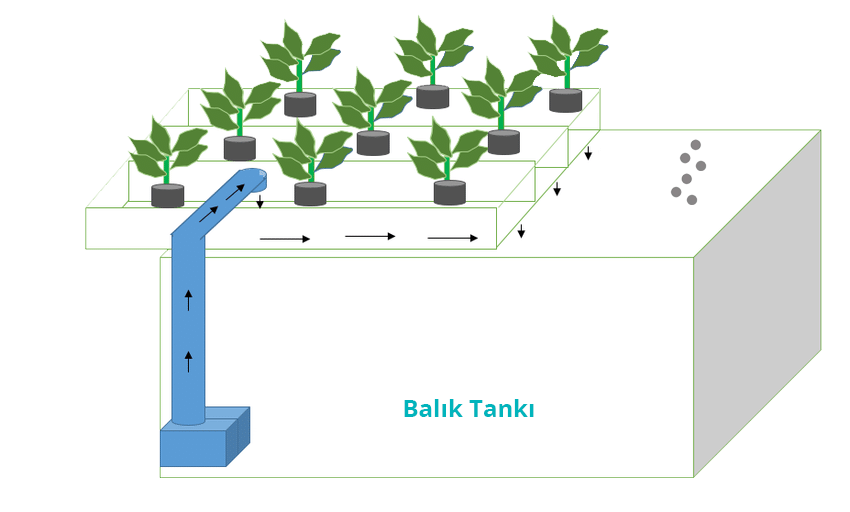
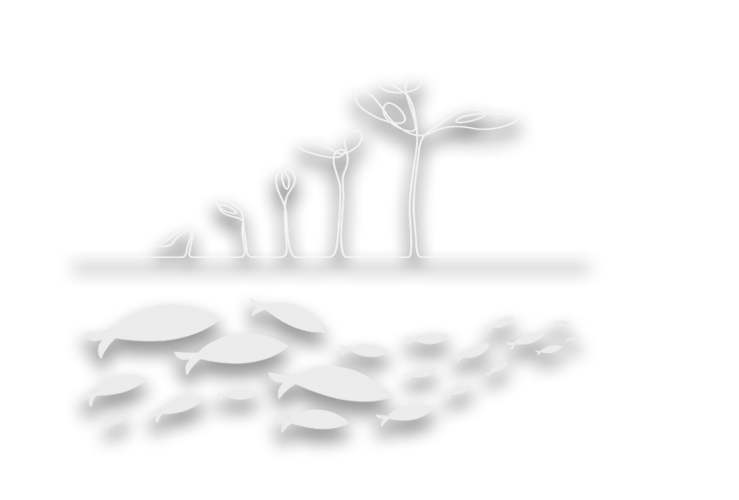
Why Aquaponics?
Our Home Aquaponics systems are a great way to provide fresh, organic and premium quality fish and vegetables for you and your family.
You will also love gardening with Aquaponics. It's fun and relaxing, and you can do it year-round.
Imagine growing your own lettuce, tomatoes, greens and more without the hassle of traditional gardening.
Our unique system designs are easy to use and highly productive, while continuously harvesting.
Why Aquaponics?
Our Home Aquaponics systems are a great way to provide fresh, organic and premium quality fish and vegetables for you and your family.
You will also love gardening with Aquaponics. It's fun and relaxing, and you can do it year-round.
Imagine growing your own lettuce, tomatoes, greens and more without the hassle of traditional gardening.
Our unique system designs are easy to use and highly productive, while continuously harvesting.
PRODUCTS
